12 Beautiful Garden Plants Still Thrive in Poor Soil
Many gardeners face the challenge of growing plants in poor soil. Fortunately, some plants are tough enough to thrive even when the soil is not ideal. These resilient plants can add beauty and life to areas that might otherwise be difficult to grow. Knowing which plants can handle less fertile ground makes gardening more enjoyable and successful. Let’s explore some of the best options for strong plants in poor soil.
This post may contain affiliate links, which helps keep this content free. Please read our disclosure for more info.
Lavender
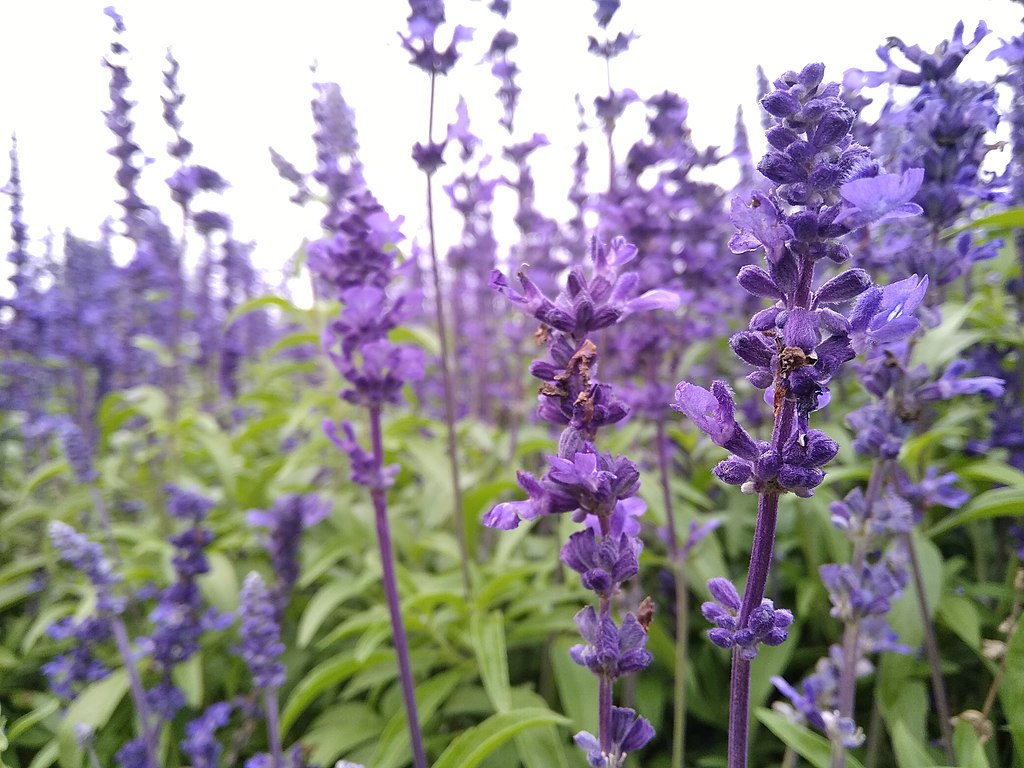
Lavender is well known for thriving in dry, rocky, or sandy soil where nutrients are limited. It prefers soil that drains well and does not retain too much moisture. This plant’s deep root system helps it find water and nutrients even in tough conditions. Lavender typically lives for several years and can bloom beautifully for a long time.
Gardeners appreciate lavender for its fragrant flowers and low maintenance. It does not require rich soil to flourish, making it ideal for poor garden spots. With some sunlight and minimal watering, it grows strong and attracts pollinators. Its lifespan can reach up to 10 years or more with proper care.
Sedum (Stonecrop)
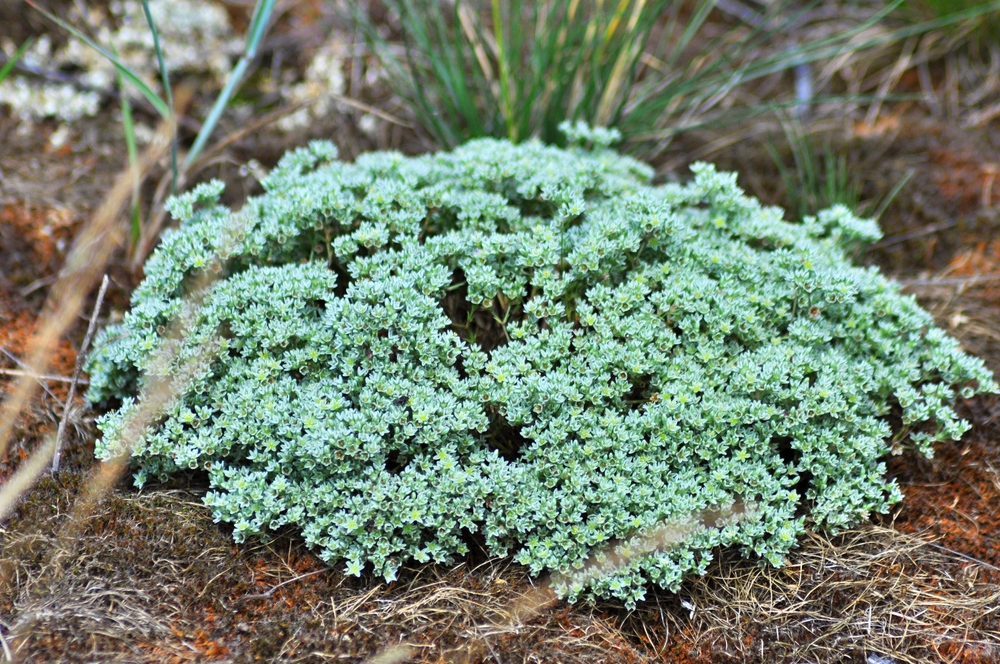
Sedum is a succulent that survives well in poor, dry soils because it stores water in its leaves. This plant thrives in sandy or rocky soil with good drainage. It is hardy and can live for many years, often spreading to form thick mats. Sedum’s drought tolerance makes it a favorite for ground cover in challenging environments.
Its low nutrient needs allow it to grow where other plants struggle. Sedum flowers in late summer, adding color to bare patches. The plant requires very little watering and resists pests. It is a reliable choice for gardeners with difficult soil conditions.
Coneflower (Echinacea)
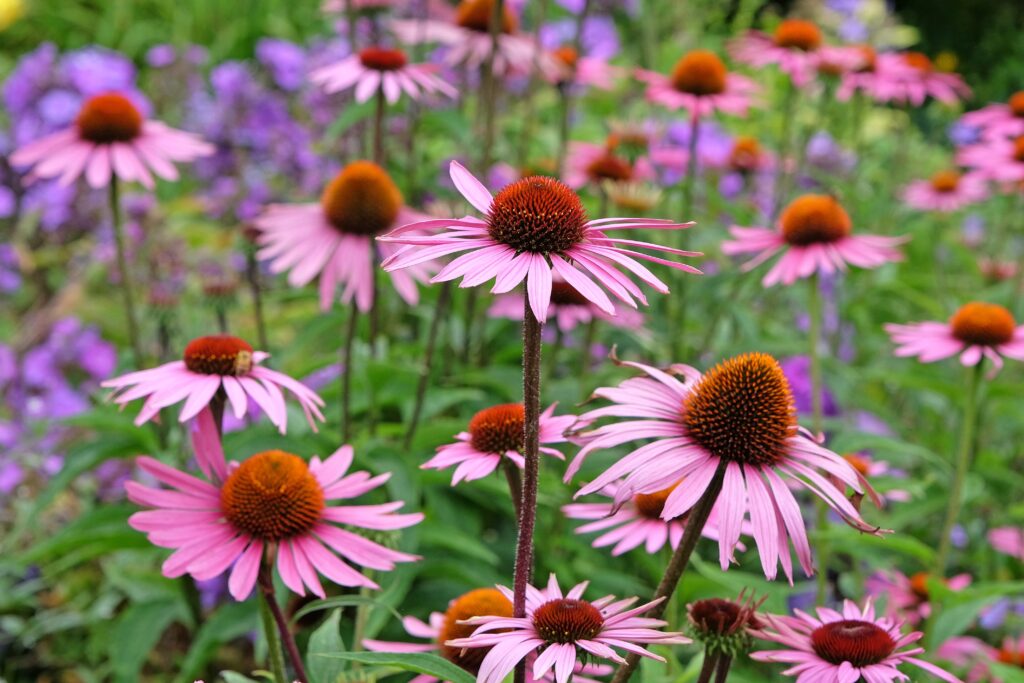
Coneflower grows strong in poor soils thanks to its deep taproot, which reaches water sources underground. It prefers sandy or loamy soil that is not overly rich but well-drained. This perennial can live for several years and often returns with vibrant blooms every summer. Coneflowers attract butterflies and bees, enhancing garden biodiversity.
They tolerate drought and heat, making them suitable for dry, nutrient-poor areas. These plants need minimal care once established. Their sturdy stems support large flower heads that last through the season. Gardeners enjoy their bright colors and long-lasting blooms.
Russian Sage
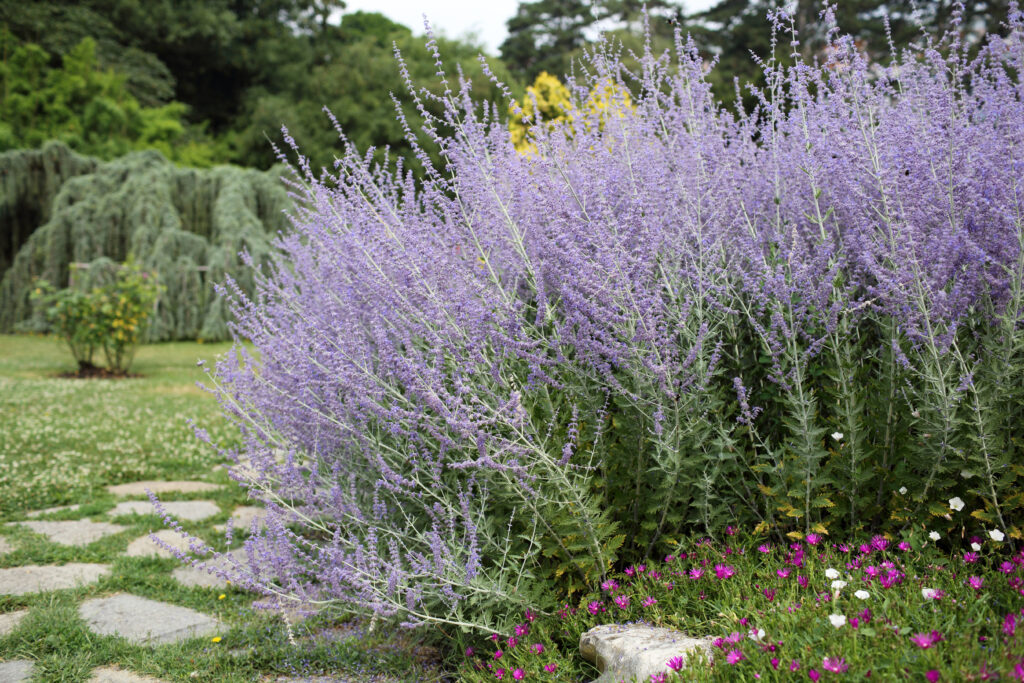
Russian Sage is known for surviving in tough soil where many plants fail. It grows well in dry, sandy, or rocky soil with excellent drainage. This shrub-like perennial has a lifespan of several years and produces tall spikes of purple flowers. Russian Sage is resistant to drought and requires little watering after it establishes.
Its ability to tolerate poor soil and dry conditions makes it a strong choice for low-maintenance gardens. The plant’s silver-gray foliage adds texture and color even when not in bloom. Russian Sage attracts pollinators such as bees and butterflies. It remains a vibrant feature in harsh garden spots.
Yarrow
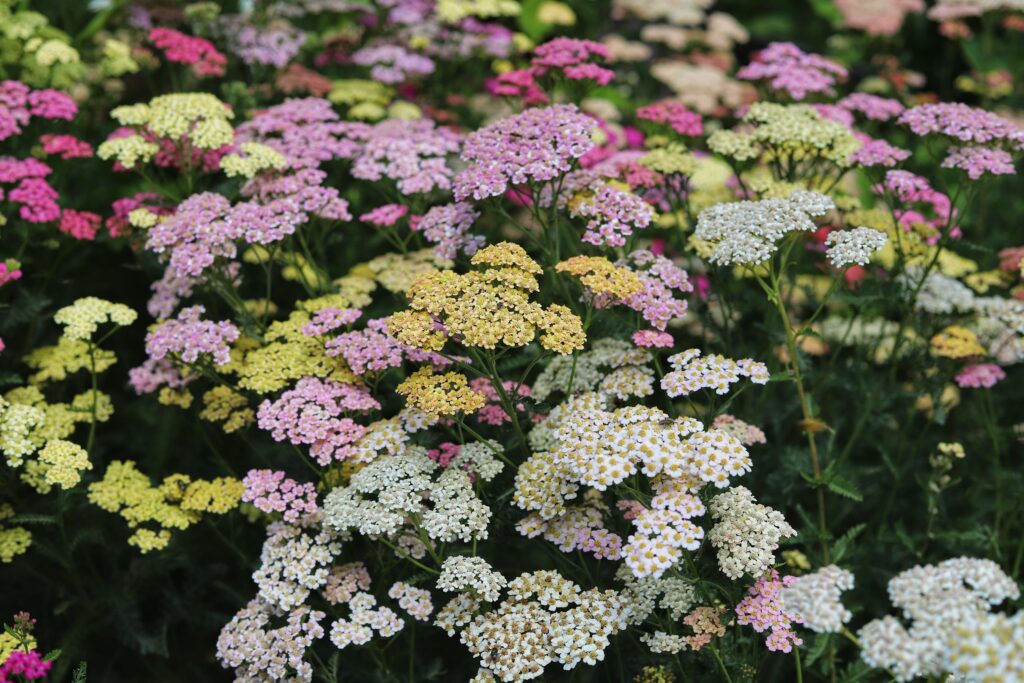
Yarrow grows well in poor soil due to its tough root system that spreads horizontally underground. It prefers dry, sandy, or rocky soils and does not like waterlogged conditions. This perennial lives for several years and produces clusters of small flowers in various colors. Yarrow is also known for its medicinal properties and insect-repellent qualities.
The plant is very drought-tolerant and can handle heat without much trouble. It grows well in sunny spots and requires little fertilizer. Yarrow’s longevity and hardiness make it ideal for poor soil gardens. It also attracts beneficial insects that help control pests.
Daylilies
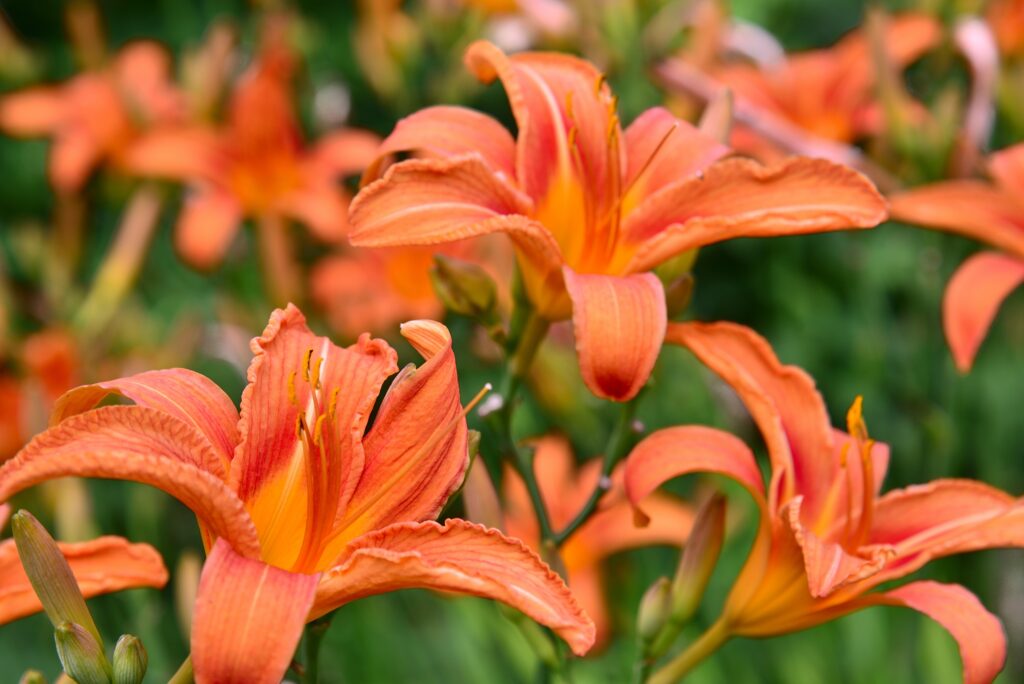
Daylilies can grow in a wide range of soils, including poor or compacted ones. They prefer soil that drains well but can tolerate dryness and low fertility. These perennials have a long lifespan and often bloom repeatedly through the growing season. Daylilies are popular for their colorful flowers and adaptability.
Their root systems help them survive in less-than-ideal soil by reaching moisture deeper underground. They require minimal care and can thrive with little watering once established. Daylilies come in many varieties, offering various colors and flower shapes. They provide reliable garden color even in challenging spots.
Blanket Flower (Gaillardia)
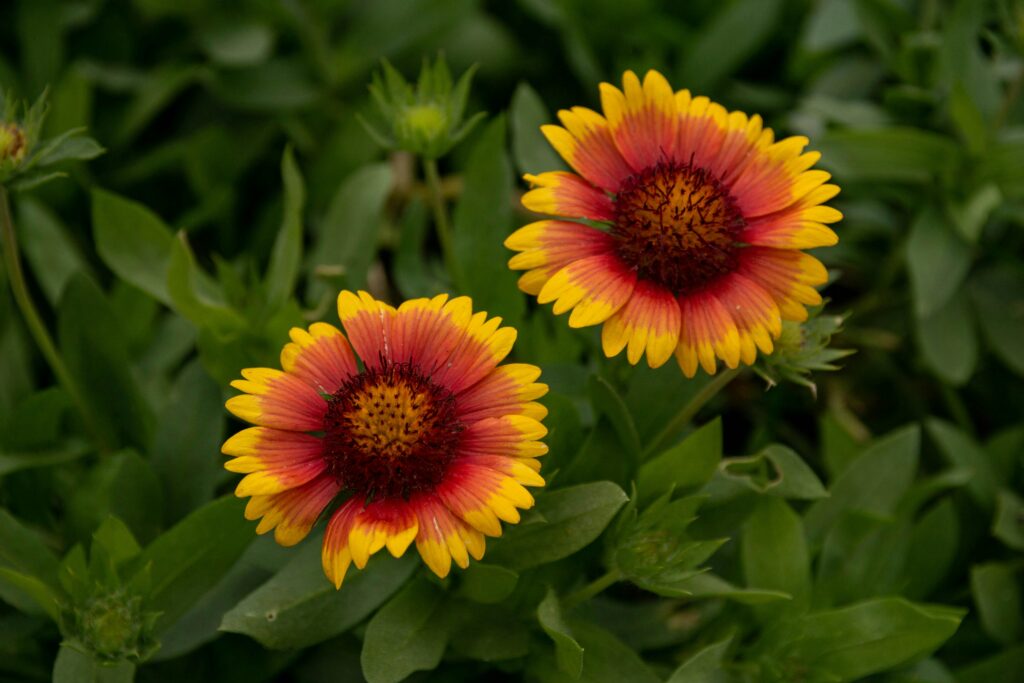
Blanket flower is a tough perennial that flourishes in sandy or rocky soils with low fertility. It thrives in well-drained soil and full sun. This plant can live several years, producing bright, daisy-like flowers that last all summer. Its drought tolerance makes it a practical choice for poor soil areas.
Blanket flower’s roots enable it to survive dry conditions and poor nutrition. The blooms attract pollinators such as bees and butterflies. It requires little maintenance and can tolerate neglect. Gardeners appreciate its cheerful colors and easy care.
Globe Thistle (Echinops)
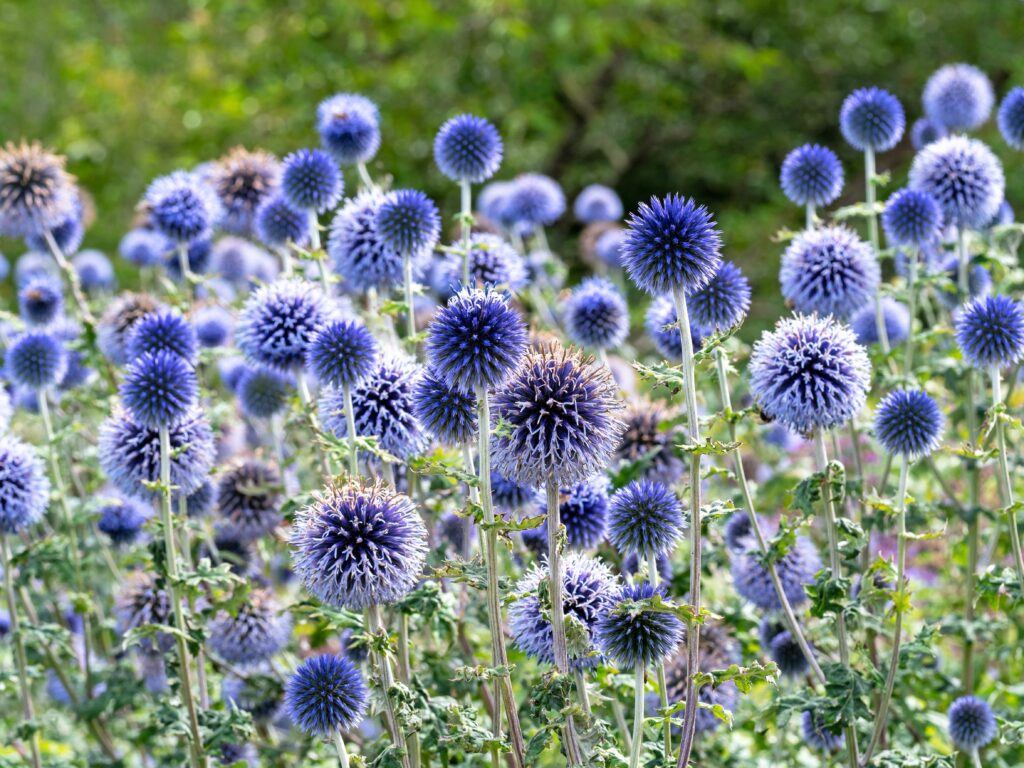
Globe thistle grows well in poor, dry, and rocky soils with good drainage. It prefers sandy or gravelly soil and plenty of sunlight. This perennial can live for many years and produces unique spherical blue flowers. Its sturdy nature allows it to survive with limited water and nutrients.
The plant’s deep roots help it access moisture in tough conditions. Globe thistle adds architectural interest to gardens with its bold shape. It attracts pollinators while resisting deer and rabbits. It is a great option for gardeners facing poor soil challenges.
Creeping Thyme
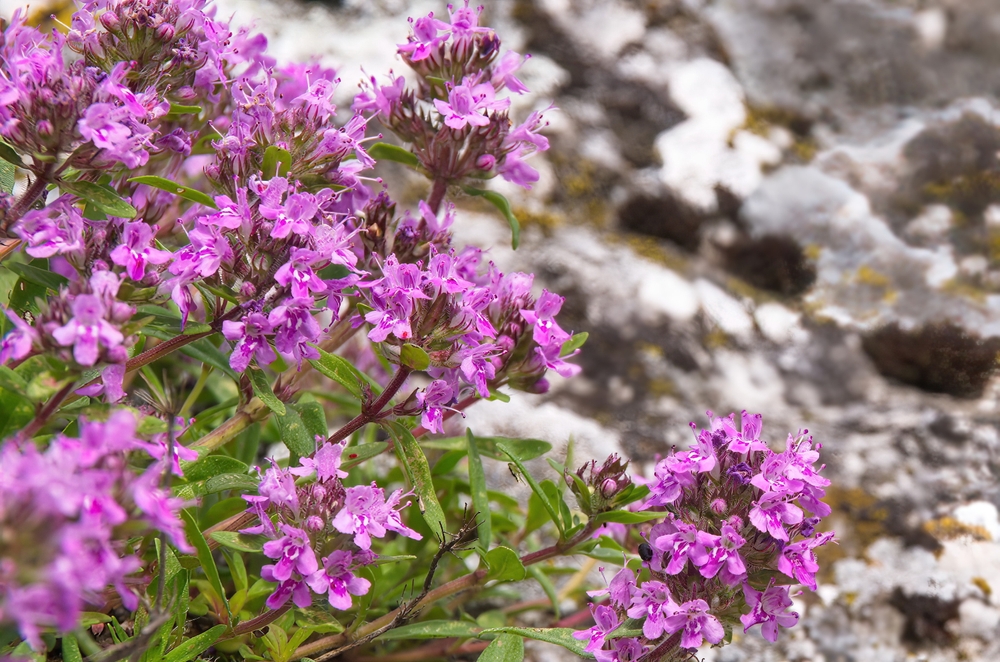
Creeping thyme is a low-growing ground cover that tolerates poor, dry, and rocky soil well. It prefers sandy or loamy soil that drains quickly. This herbaceous perennial can live for many years and spreads to fill spaces between rocks or paths. Creeping thyme also produces small, fragrant flowers that attract pollinators.
Its drought resistance makes it perfect for difficult garden areas. The plant requires little fertilizer and minimal watering. Creeping thyme adds a soft texture and fragrance to gardens. It is often used between pavers or as an edging plant.
Coral Bells (Heuchera)
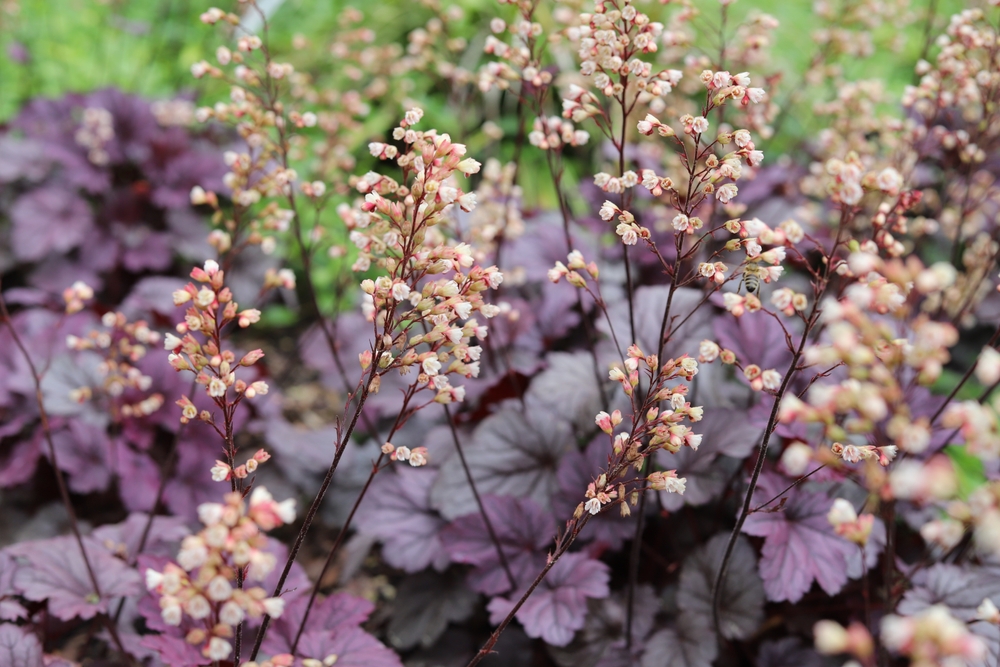
Coral bells can grow strong in soil that is less fertile if it is well-drained. It prefers sandy or loamy soil with some organic matter but tolerates poor soil better than many plants. This perennial lives for several years and offers colorful foliage in shades of red, purple, and green. Coral bells produce delicate flower spikes that bloom in late spring or summer.
Their root system adapts to various soil conditions and helps them survive drought. Gardeners value them for their texture and leaf color, which adds interest even when flowers are not present. Coral bells grow well in shaded or partially shaded areas. They are a versatile choice for challenging soil.
Russian Olive (Elaeagnus angustifolia)
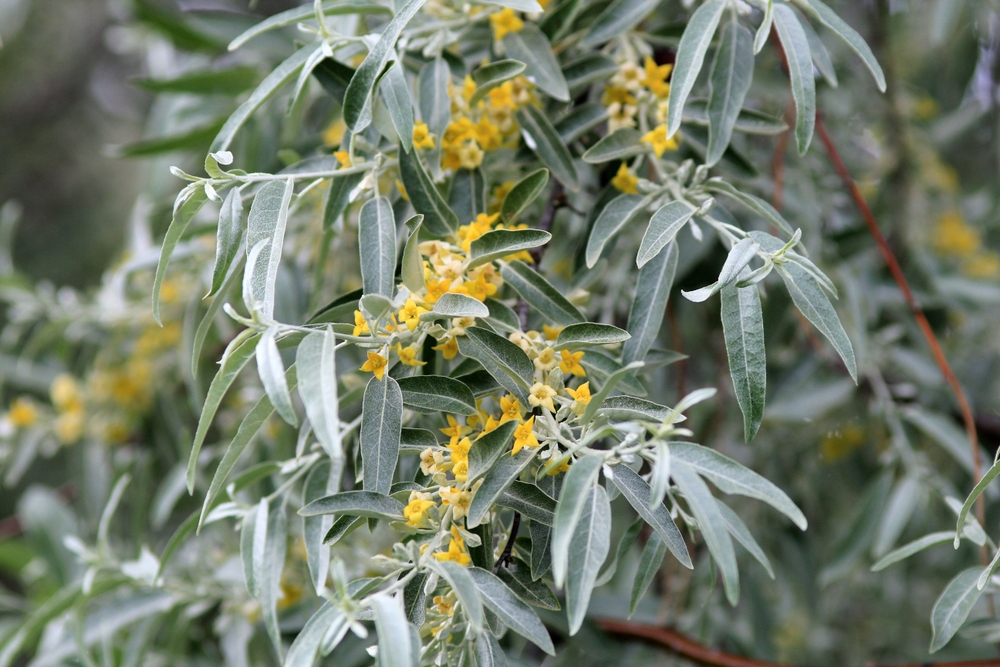
Russian olive is a hardy shrub or small tree that grows well in poor, dry, and salty soils. It is often found in sandy or gravelly soil and tolerates drought. This long-lived plant can survive decades, making it a reliable option for tough environments. It produces small, fragrant yellow flowers in spring.
Its ability to fix nitrogen helps improve soil quality over time. Russian olive provides shelter and food for wildlife, attracting birds. The plant is resistant to pests and diseases, requiring little care. It is useful for erosion control and poor land reclamation.
Ornamental Grasses
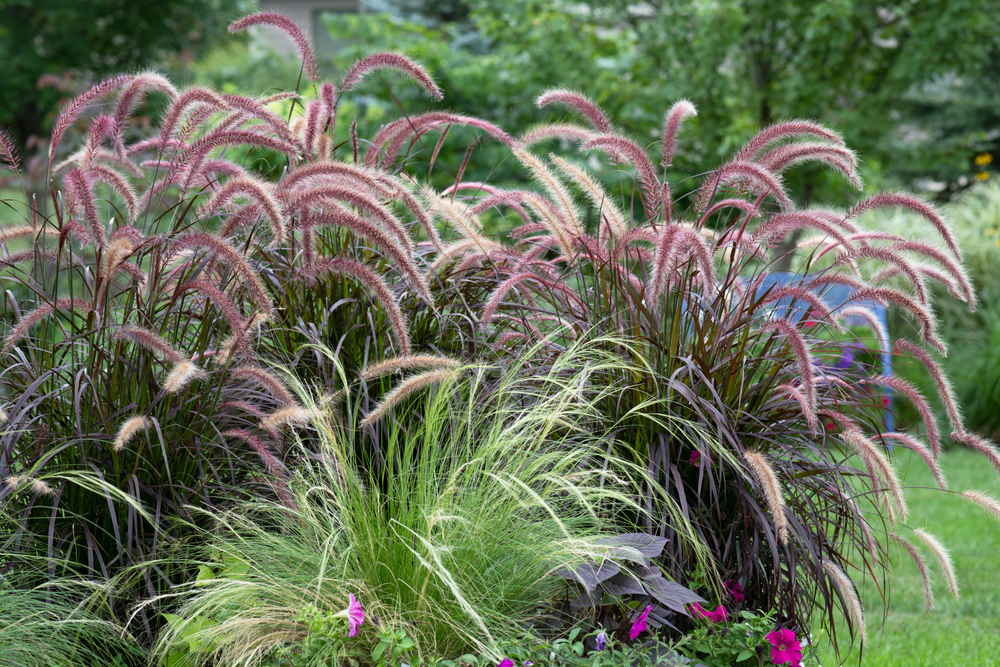
Ornamental grasses thrive in a wide variety of soils, including poor or sandy types. They prefer well-drained soil and full sun but adapt to many garden conditions. Many grasses are perennial and live for several years, growing in clumps or spreading gently. Their movement in the wind adds texture and interest to gardens.
These grasses have root systems that tolerate drought and low nutrients well. They require minimal watering once established and often resist pests. Gardeners choose them to add height and contrast in mixed plantings. Their low maintenance makes them ideal for poor soil areas.
Plants that grow well in poor soil offer a great way to add beauty without extra effort. Choosing species that tolerate tough conditions helps create a garden that thrives despite challenges. These hardy plants provide color, texture, and interest even where soil quality is low. With the right selections, anyone can enjoy a strong and attractive garden in less-than-ideal soil.
This article originally appeared on Avocadu.
